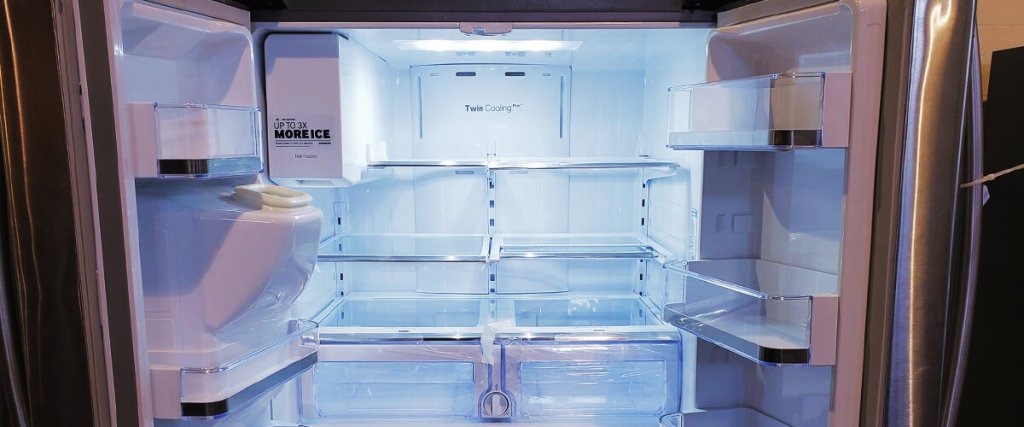A refrigerator is an indispensable appliance in our daily lives. It helps to keep our food fresh and safe. However, over time, frost buildup in the freezer compartment can reduce its efficiency and storage capacity, making it essential to know how to defrost your Samsung refrigerator properly with a Samsung refrigerator reset system.
Fortunately, defrosting your refrigerator is a simple yet essential task that can bring new life into your appliance. This also helps to ensure its functions are optimal and keeps your food fresh for a long time.
In this blog, we will give you a step-wise guide on defrosting a Samsung refrigerator, ensuring it continues to work efficiently while keeping your food fresh.
What is Defrosting for A Refrigerator?
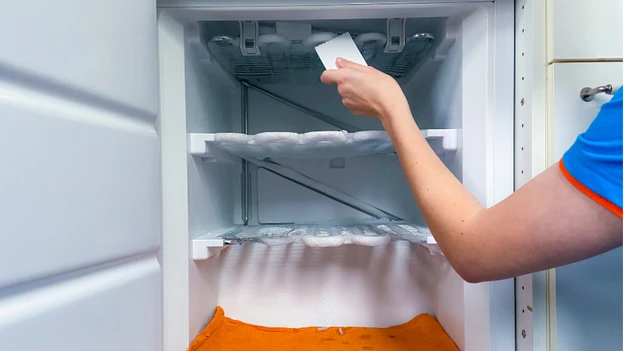
Due to frequent openings of the refrigerator door, moisture infiltrates the refrigerator and freezes due to the extremely low temperature within the freezer compartment.
So, when you attempt to open the freezer door, you will encounter a substantial amount of ice accumulation within the compartment. The items inside the freezer become completely frozen, making it challenging to retrieve them.
Why Should You Defrost Your Samsung Refrigerator?
Before we get into the process of how to defrost a refrigerator completely, it is crucial to understand why regular defrosting is essential for the refrigerator. Frost buildup in the freezer can lead to various problems and issues, which include
- Reduced Colling Efficiency- Frost accumulation on the evaporator coils and inside the freezer compartment can lower the refrigerator’s ability to provide optimal temperatures for cooling. This may lead to your food not staying fresh.
- Reduced Storage Space- Frost buildup can take up much of your valuable space inside the freezer. This results in reducing its capacity to store frozen foods.
- Increased Energy Consumption- A refrigerator with excessive frost buildup needs to work harder to maintain the desired temperature inside the refrigerator. This leads to increased energy consumption and higher electricity bills.
- Ice Maker Production- If your Samsung refrigerator has an ice maker functionality, then frost buildup can interfere with this functionality, which leads to ice production issues.
Tips on How to Defrost Samsung Refrigerator
Defrosting your refrigerator is basically making the ice inside it disappear. The most common way to defrost a refrigerator is to unplug the fridge from its power supply and leave the fridge door open for hours. Before unplugging, remove all your stuff from inside and put your food in a cold place to keep it in good condition. This method will work really well.
But there are some other ways to defrost a Samsung fridge. This includes:
Step 1: Prepare Your Supplies
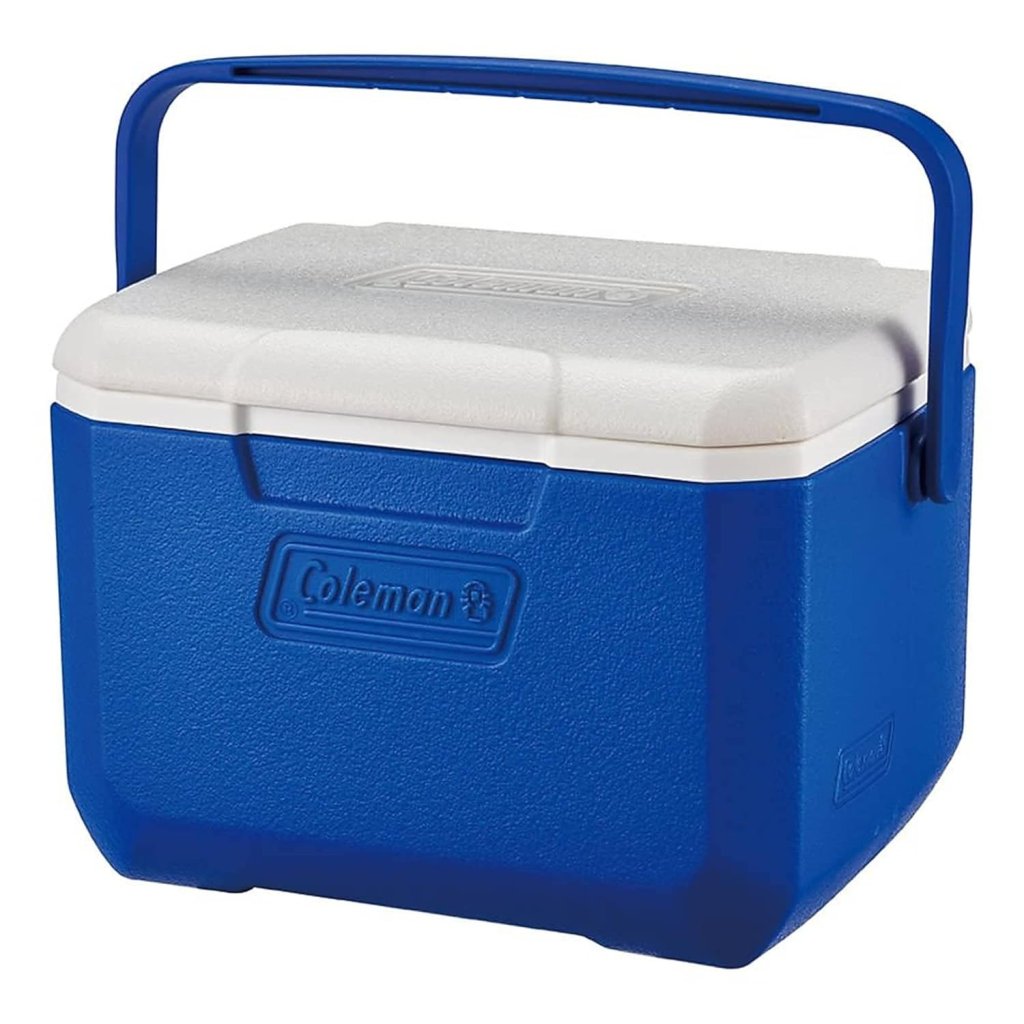
Before you start the process of defrosting your refrigerator, you need to gather down all the necessary supplies, like:
- An insulated bag or a cooler to keep your food fresh during the time of defrosting.
- Towels to soak up water.
- A plastic scraper or spatula to remove the frost.
- A spray bottle containing warm water
- A bucket to collect water
Step 2: Turn Off the Refrigerator and Power Supply
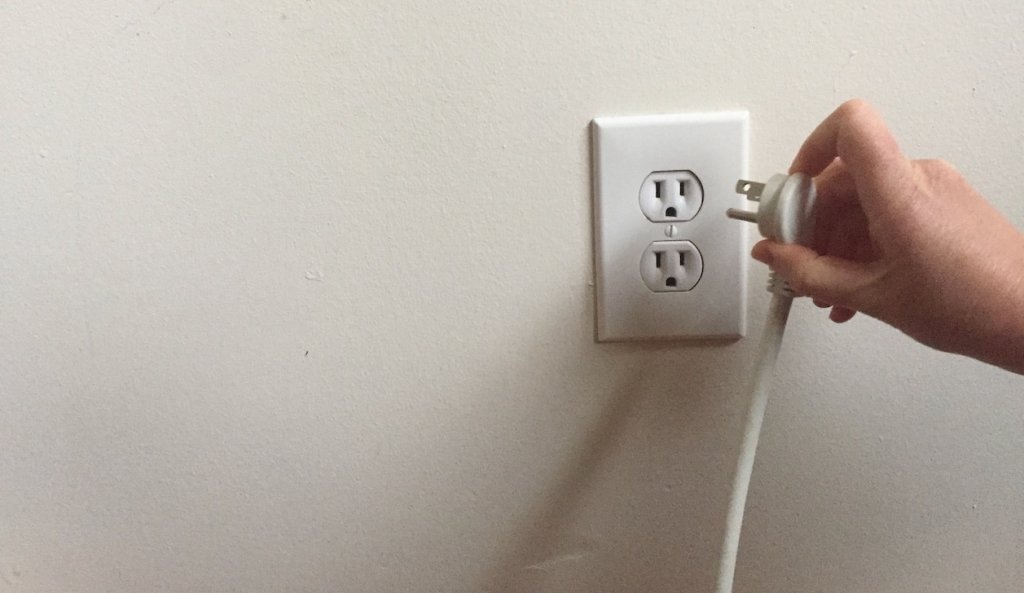
First, you need to turn off the power supply for your Samsung Refrigerator. Before you work on any electrical appliances, it is always recommended to remove the power supply. This will prevent any accidental electric shock while you work on defrosting the freezer. After that, locate the temperature control knob and set it to “off.” This will prevent the cooling system from working while the process of defrosting is happening.
Step 3: Empty the Freezer
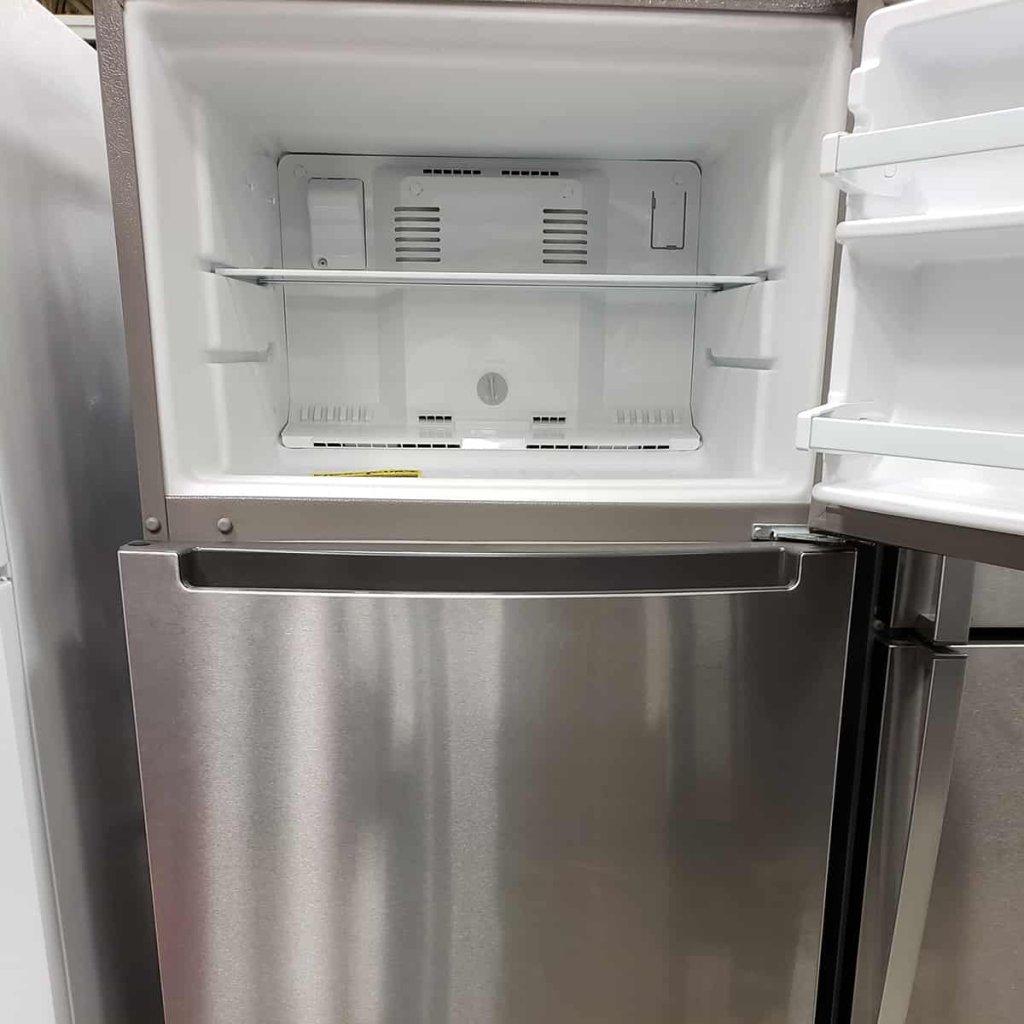
Remove all the items from the freezer, like food items and frozen foods, and transfer them to an insulated bag or the cooler. It is advised to place the cooler in a place that has shade and is cool. This will keep your food frozen for as long as possible.
Step 4: Keep the Freezer Door Open
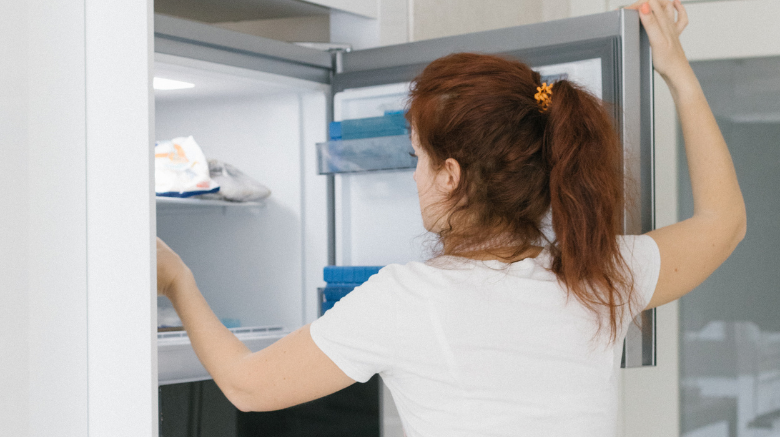
Keep the freezer door open to allow warm air to go inside the freezer and circulate inside. This will help to speed up the defrosting process.
Step 5: Start Removing Frost
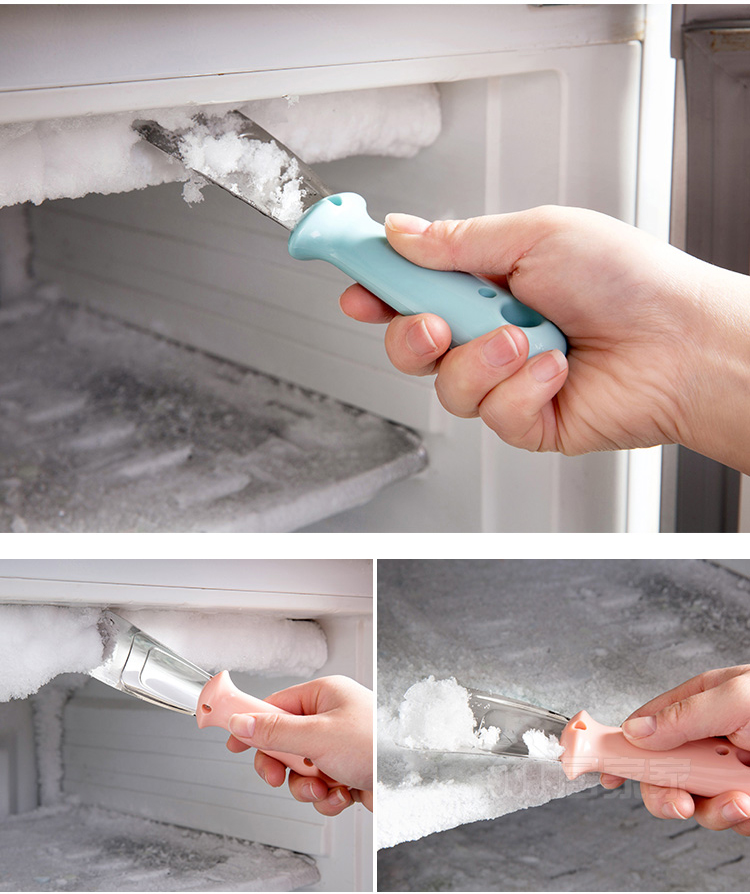
Start the process of removing frost by gently scraping it away from the walls and the interiors of the fridge using a spatula. Remember, do not use any sharp objects as this might damage the freezer’s surfaces.
Step 6: Use Warm Water

To make the defrosting process faster, spray warm water on the frost-covered areas. The warm water will help the frost to melt faster. Continue scraping and spraying until most of the frost is removed.
Step 7: Collect the Melted Water
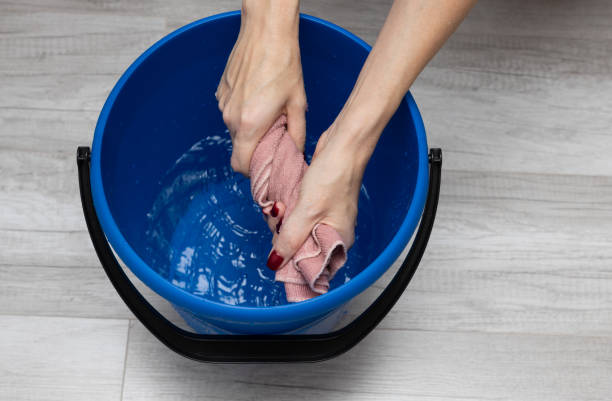
Use a bucket to collect the melted water from the freezer as it drips down from the frost.
Step 8: Wipe Down the Interior
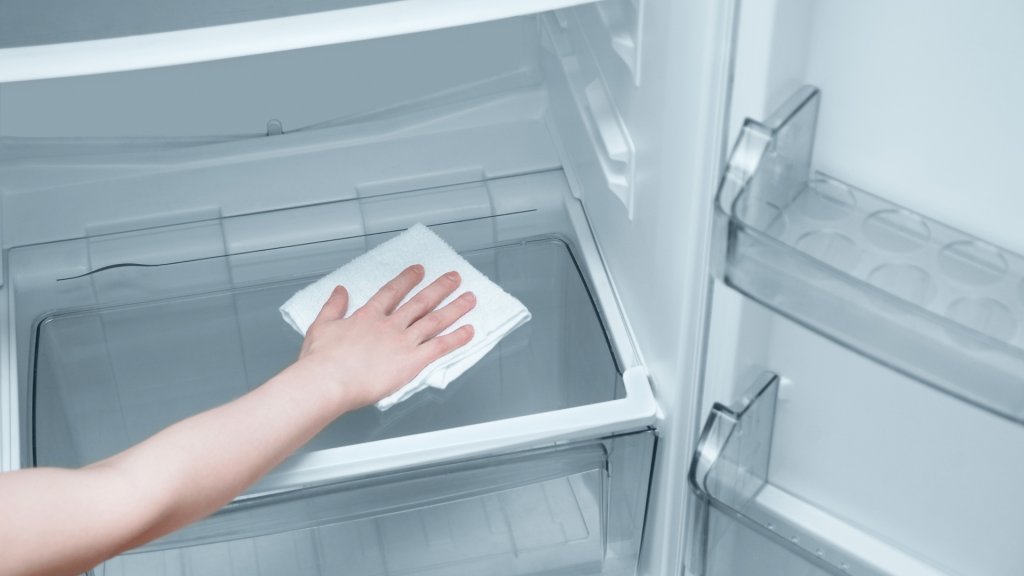
When most of the frost has melted, use towels to wipe down the freezer’s interior to remove the remaining water or moisture inside. This step is very crucial as it prevents future frost buildup.
Step 9: Plug the Refrigerator Back and Keep Your Food Inside
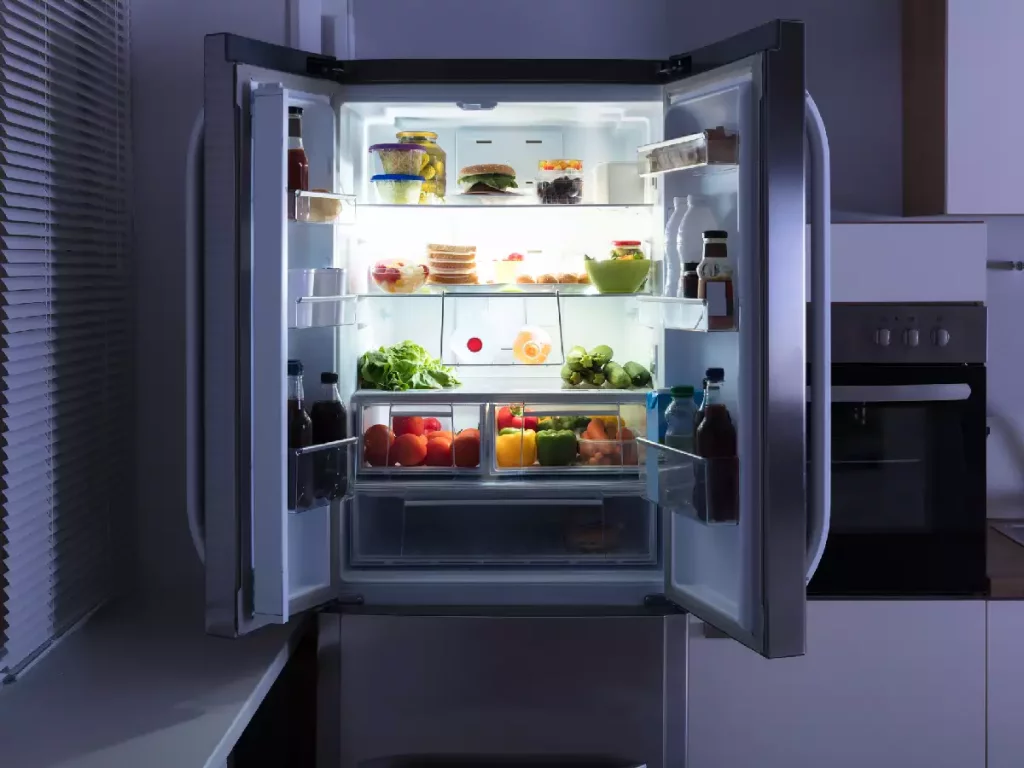
With the freezer completely defrosted and dried, plug the Samsung Refrigerator back and adjust the temperature control knob to your desired setting. Your refrigerator may require as long as 24 hours to get back to the desired temperature it requires. After the freezer has reached its desired temperature, transfer your food back into the freezer.
Conclusion
Regularly defrosting your Samsung refrigerator is crucial to maintaining its efficiency and preserving your food in fresh and good condition. To prevent excessive frost buildup in the future, it is essential to practice regular maintenance. You must organize your freezer to allow proper air circulation and clean the condenser coils to ensure optimal cooling efficiency.
By following this step-by-step guide outlined in this article, you can ensure that your refrigerator continues to provide reliable cooling and storage for many years to come. Always remember that a well-maintained refrigerator not only saves you money on energy bills but also contributes to a more sustainable household.

